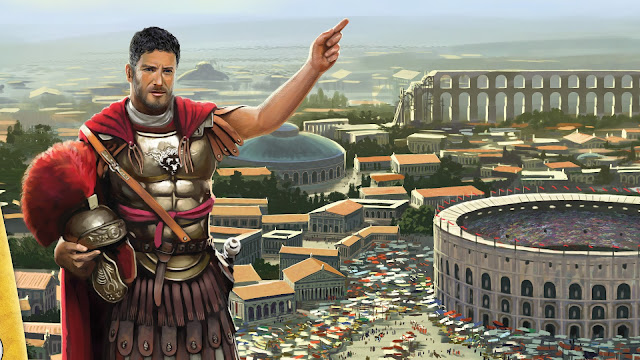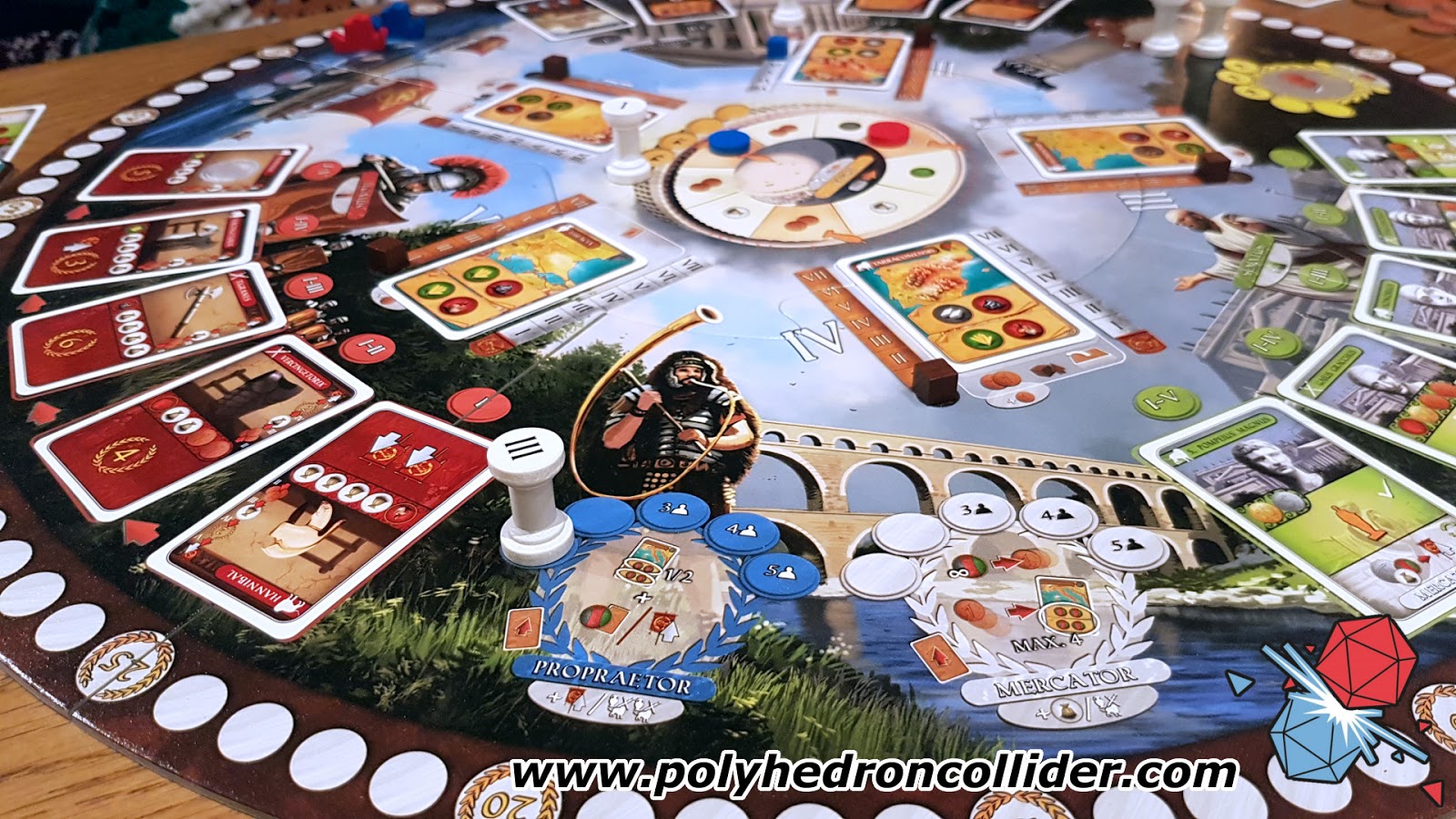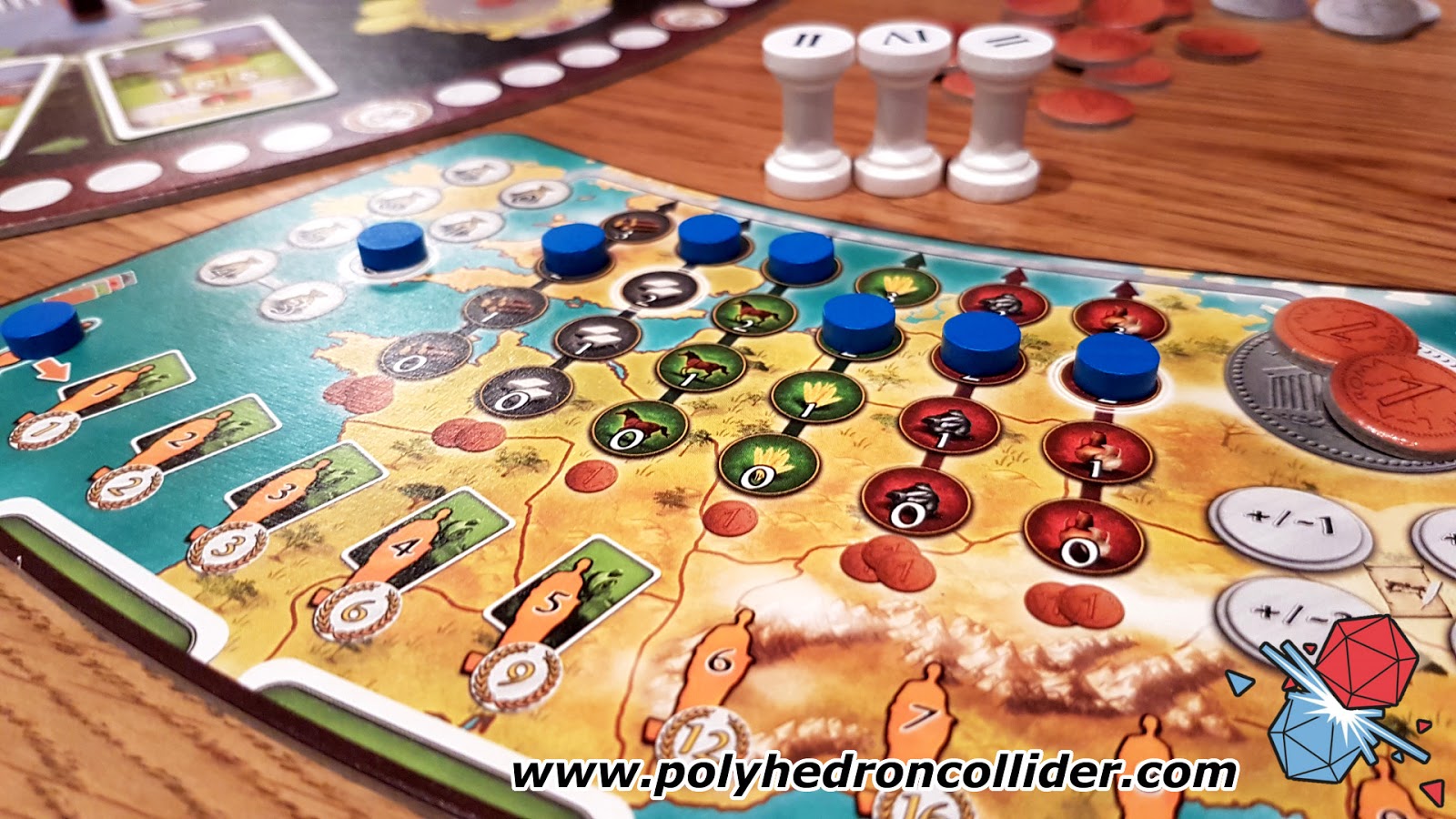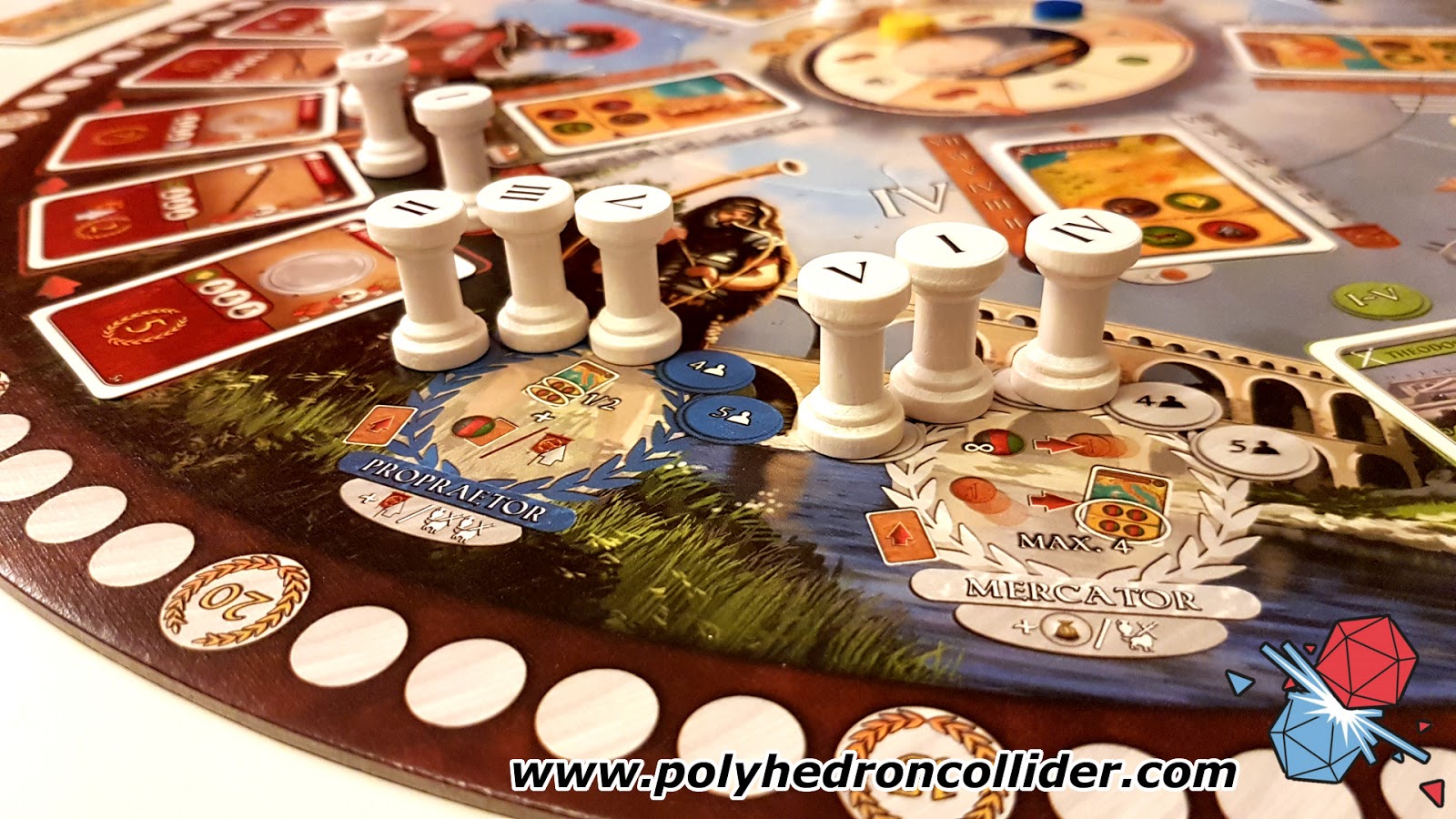One of the more surprising facts about me is that I had a “Classical Education”. That doesn’t mean I sat around smoking a pipe and listened to Beethoven and Haydn all day, it means that I studied Latin and Ancient Greek. The latter was more to do with not having to study Geography to learn why we put sheep on hills than anything else, but it was interesting nonetheless. The benefits of said education did allow me to read works such as the Iliad, the Odyssey and Aeneid; pretty much all stories about a man in a loincloth travelling in a ship, beating up monsters and seducing women, with something about a wooden horse thrown in for good measure. Not a bad job if you can get it and it certainly worked for James T. Kirk, although thankfully wearing slightly more than just a loincloth.
One thing that I did enjoy was less of the verbal side of things and more the background society, social structures and all the flappery that surrounds learning another language. After all, the Roman civilisation is the basis of a lot of Western Society and as we learned in Monty Python’s Life of Brian, they did indeed do quite a lot for us, including building civic amenities such as aqueducts and more entertaining things like watching lions eat Christians. The Romans even enjoyed table games with dice and other gizmos, and so it would be remiss of me to not cover Ave Roma, a worker placement game from A-Games based around the Romans and their quaint little ways.
I received Ave Roma in 2016 following the successful Kickstarter campaign and straight away I was impressed. It arrived promptly and looks great straight out of the box. Due to the Kickstarter, it includes a bunch of expansions which really do make the game very good value. A few nice touches to make the workers pillars instead of discs all adds to the appearance. But this is all so much finery – but very much keeping with the theme. Ave Roma is a victory points game based on a complex worker placement mechanism. Euro games have weights, and I’m not going to lie, Ave Roma is so heavy it could well have its own gravitational pull. There are upsides and downsides to this – the upside is that there’s lots of ways to win so it’s never too clear who’s in the best position at any one time. The downside is that learning the game is an absolute bitch.
It’s not that the rules are badly written, in fact they’re very clearly written and the manual is well laid out – although a nitpick is that the Kickstarter Exclusive cards and actions are not in the rules, so it’s sometimes unclear what they mean, but I’ll come back to this. The reason it’s hard to learn is simply because there is so much to remember. Once you’re familiar with the rules and mechanics, it’s actually rather fluid, but when playing for the first time prepare yourself for the kind of brain assault that leaves you feeling like you’ve been headscrewed by Treebeard’s arboreal codpiece.
True to standard worker placement fayre, each area of the board has a set of spaces that scale with the number of players onto which you put your workers to get the effect and all that jazz. There are eight areas in total, a bank, three that affect the regions around Rome and gather you resources, the Markets, the Military, the Senate and Civic Buildings. The latter three are represented by the purchase of cards with the various resources. And this is where the fun begins. Are you ready? Because here we go:
You have access to six types of resource and any additional beyond your maximum of three can be sold directly for their worth or turned into a generic resource called Surplus, which is primarily used to buy the Military cards. Getting resource can be done in three ways and each affects those resource cards in various ways – use a resource card once moves it up on its spot, use it again and you have to buy the card and another replaces it. You can also influence that card area which then gets you VPs at the end of the game. On top of that, the resources you use can be used to buy Building, Senate or Military cards which will allow you to gain VPs or influence the resource areas. But you can’t use the Senate cards until you’ve gained enough influence in the marketplace by moving around the Colosseum and gaining favour. In order to do that you need resources and money which are gained from the area cards and using three of the eight worker areas on the board and…<deep breath>
You see the scale of the game right there. There’s more interactivity than a group of adolescent teens after 3 bottles of cider. In a nutshell, you place workers on areas to gain benefit as per any normal worker game, make a strategic decision as to which cards you may wish to purchase, then try to work out the best way to acquire the necessary resources needed, all the while hoping your opponents haven’t decided that they’re going to the same thing. Nothing too Earth-shattering there. It’s the options available that make this a hard game to grasp, at least to start with. After a couple of playthroughs however, it’s smoother than George Clooney on a belt sander.
One thing I really like about Ave Roma is the worker mechanics – each player starts with values 1-5 and that restricts which spaces on the board they can be placed due to limitations on those spaces; some of them can only have certain values put on them. Once a round finishes, workers are collected, but in reverse turn order and not necessarily your starting workers, which is the bit I love. You take turns to pick a bunch of workers in a given area up to your limit of 5. That means you can end up with an customised set of workers suited to your ongoing strategy, so you can cherry pick (to a point) which workers you want. This allows a fabulous scaling ability for a two player game – something a lot of worker placement games struggle with. In two player mode, both players have shadow workers which are placed arbitrarily. They serve no purpose than to allow more choice when it comes to the collection step – and it works superbly. What makes your choice harder is the notion that your workers' total value determines the player order – highest goes last so making a grab for the high value stuff isn't always the best idea.
The iconography in the game is actually quite clever too – again, not at first as it’s like trying to read hieroglyphs written by a man with two broken arms, but once you “get” the logic behind them, they’re very simple. I mentioned earlier that there are Kickstarter Exclusive cards which, rather annoyingly, carry their own iconography which isn’t in the rulebook, but applying the same logic seems to work.
And whilst on the subject of “stuff for the peepholes”, the game is really quite pretty. Everything is bright and colourful, it’s obvious what everything is and represents so you don’t sit trying to work out what each shade of murky brown means. The round jig-board design is also quite clever – the player boards fit around it nicely and everyone is the same distance from the action, unlike some larger rectangular boards where two players might as well be on some kind of deep space mission for all the detail they can see at the far end of the board. The board is also double sided, so you get a bit of variety in graphics.
So, despite the difficult start the game had, it has grown on me giving me an itch that persistently needs scratching like the fungus between a tramp’s toes. Our first playthrough took us about three hours – once you’re used to the game, you can rattle through in less than two, which is pretty good going for a heavy Euro.
Ave Roma is a little like the Roman Empire itself – a little hard to deal with at first as it’s organised and formidable. Give it time and let it in and you’ll realise that it will improve your life with roads, houses, civic attractions and the occasional orgy. Failing that, just build a wall, never have to deal with it and go back to eating Haggis. Doing so will mean you’ll miss out on a truly great worker placement game, even if it does leave you in a gaming coma for a few days after your first try, and not unlike your first shot of Smack, stick with it and you’ll be hankering for more.
Damn you A-Games, when’s the next one? Daddy needs his sugar.



















0 comments:
Post a Comment